Last Updated on May 23, 2025 by Avia
For those of you who have followed my journey into all things alternative, you might have caught my story about Ruth, my mentor. She’s really the one who first got me intrigued about the power of plants, and she stirred my imagination with folk tales, legends, and cultural history of various plants around the world. I suppose, in a way, this post is sort of an homage to Ruth because she hammered home the importance of the life that indwells plants and helped me understand their profound importance in human history, survival, and faith. But I’ll put a pause on that and start diving into some sacred plants and their symbolic meanings in hopes that you’ll sprout with as much enthusiasm as I did when Ruth began teaching me the “ways of the green” so many years ago.
Table of Contents
- Intro to Sacred Plants
- What Do Plants Symbolize?
- What Makes a Plant “Sacred”?
- Why Are Plants so Important to Different Cultures Around the World?
- Healing Benefits of Sacred Plants (Spiritual, Physical, and Mental)
- Different Ceremonies and Rituals That Use Sacred Plants Around the World
- What is the Meaning of a Plant Archetype?
- Showstopping Sacred Plants of Which to Take Notice
- Ways You Can Use Sacred Plants for Your Own Personal Rituals and Ceremonies
- Tips on Foraging and Using Sacred Plants for Spiritual Growth and Personal Empowerment
- Disclosure Time! A Word About Using Caution When Working With Certain Sacred Plants
- Frequently Asked Questions About Sacred Plants and Their Meanings
- Conclusion
Intro to Sacred Plants
The earliest human traditions and cultures revered some plants for their value in society. These plants had deeply profound and significant meanings to various cultures and carried value that included medicinal, spiritual, or nutritional. Some of these plants were seen as the divine connection between the spiritual world and the physical world.
Most cultures of the world consider various trees or flowers to have some special value to them, and these plants were respected and adored, and they are even valued today for their symbolic value.

What Do Plants Symbolize?
Well, that’s a loaded question because there are different bits, parts, aspects, and types of plants, and I’ll break down the different symbolic meanings of plants in a sec. But in general, plants symbolize harmony with nature. They teach us patience as we witness their gradual growth; they inspire us to find a balance between nurturing ourselves physically while also tending to our spiritual well-being.
Symbolism of Plants (in general)
Plants, in their abundant diversity, have long held symbolic meanings across cultures throughout history. They are often associated with growth, renewal, and the cycle of life. Just as plants sprout from seeds and reach toward the sun, they represent resilience and rebirth.
Symbolism of Trees
Towering above us with their sturdy trunks and graceful branches, trees symbolize strength and wisdom. They embody grounding energy and serve as a connection between heaven and earth. We can see the deeply connective symbolism in iconic images such as the Tree of Life.
Symbolism of Flowers
Flowers enchant us with their vibrant colors and delicate petals. Flowers frequently symbolize beauty, love, and purity. Each blossom carries its own unique significance – roses for romance, lilies for innocence, lotus flowers for enlightenment.
Symbolism of Leaves
Leaves whisper secrets of transformation as they change hues with the shifting seasons. They remind us to embrace change gracefully while staying rooted in our core values.
Symbolism of Vines
The intertwining vines signify unity and interconnectedness within nature’s intricate web of life. Their ability to climb supports the notion of growth through collaboration rather than competition.
Symbolism of Stems
As you might expect, the stems of plants are associated with symbolic themes like being rooted, groundedness, connection, and stability. They are the anchor and foundation. They are the starter for the life of a plant, and so therefore, they represent initiation, growth, and pushing forward to reach out for the light of the sun (or symbolically, the light of the divine, the light of faith, etc.)
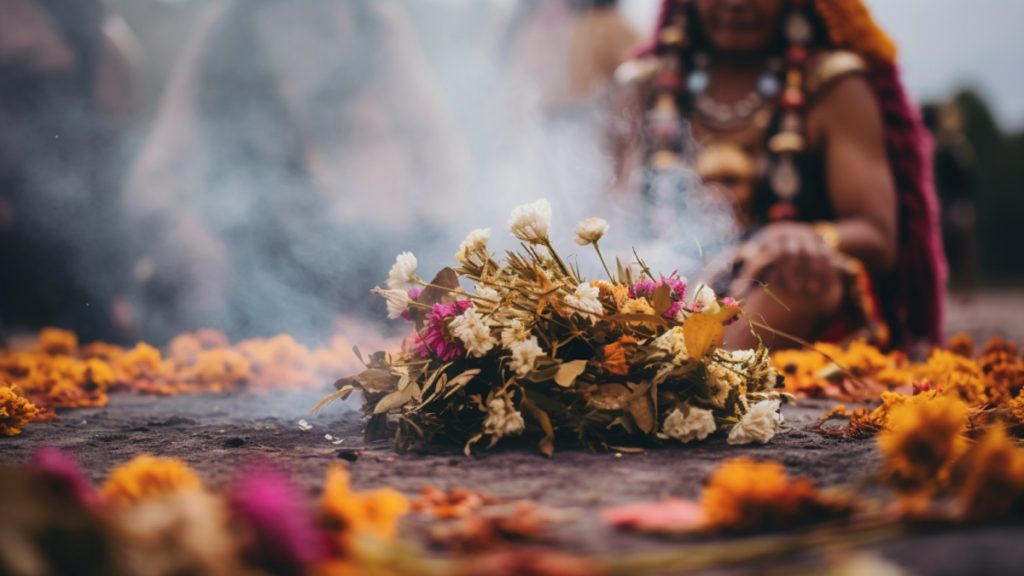
What Makes a Plant “Sacred”?
Plants have been revered and considered sacred by various cultures throughout history. But what exactly makes a plant “sacred”? Is it simply their beauty, or is there something deeper at play?
Spiritual and Mythological Associations
One aspect that contributes to a plant’s sacredness is its association with spirituality, religion, or mythology. Many plants hold symbolic meanings in different belief systems, representing concepts such as purity, healing, protection, and connection to the divine.
Sacredness of Plant Properties
Another factor that attributes sanctity to certain plants is their rarity or unique properties. Plants that are rare or difficult to find often carry an air of mystery and are believed to possess special powers or wisdom.
Historical Significance
Furthermore, the historical significance of a plant can also contribute to its sacred status. If a particular plant played a crucial role in ancient rituals or ceremonies, it would have gained reverence over time.
Medicinal Powers
The medicinal properties of plants also add to their sacredness. Many sacred plants have been used for centuries for their healing benefits on physical ailments as well as mental and emotional well-being.
Plant Power (energetic symbolism)
The energy emitted by certain plants may be perceived as spiritual or transformative by individuals who work with them ceremonially. The cultivation of these relationships can lead to profound personal growth and spiritual awakening.

Why Are Plants so Important to Different Cultures Around the World?
There’s no doubt – plants hold a special place in the hearts and minds of different cultures around the world. They are not just mere decorations or sources of sustenance; they are deeply woven into the fabric of our existence.
Inspiration for Improvement
One reason why plants are so important to different cultures is their symbolic significance. Plants often embody certain qualities or traits that people admire and aspire to possess. For example, the lotus flower is revered in many Eastern cultures for its ability to rise above muddy waters and bloom with grace and purity. Similarly, the oak tree is seen as a symbol of strength and endurance in Celtic folklore.
Spiritual Practices
Furthermore, plants have always played a crucial role in religious and spiritual practices across various civilizations. From burning incense made from sacred herbs during rituals to using specific plants for purification ceremonies, these botanical beings connect humans with higher realms and divine energies.
Healing Aspects
The importance of plants extends beyond spirituality – they also provide us with essential medicinal properties that heal both physical ailments and emotional imbalances. Many traditional healing systems, such as Ayurveda or Traditional Chinese Medicine, rely heavily on plant-based remedies for restoring harmony within the body.
Unifying Aspects
Moreover, plants bring communities together through various ceremonies where they serve as focal points for celebration, gratitude, or mourning. Whether decorating homes with flowers during festivals or using aromatic herbs during weddings or funerals – these rituals deepen cultural bonds while honoring nature’s gifts.
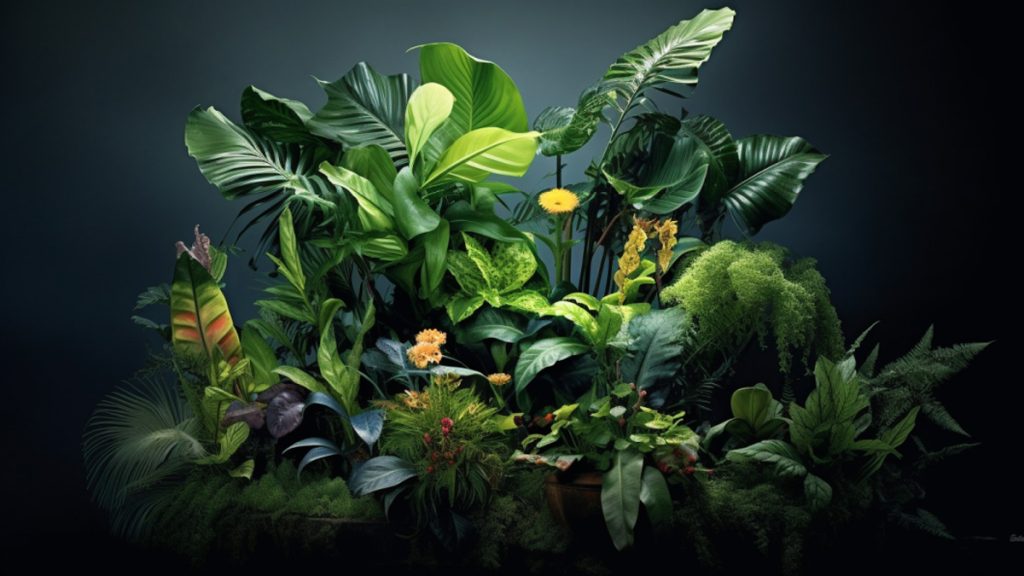
Healing Benefits of Sacred Plants (Spiritual, Physical, and Mental)
Sacred plants have been revered for their healing properties in various cultures around the world. These plants possess powerful energies that can bring about balance and harmony on multiple levels – spiritual, physical, and mental.
Spiritual Benefits of Plants
Spiritually, sacred plants act as conduits between the earthly realm and the divine. They help us connect with higher realms of consciousness, facilitating spiritual growth and transformation. By working with these plants through rituals or ceremonies, we can tap into our inner wisdom and gain profound insights.
Physical Influence of Plants
On a physical level, many sacred plants contain medicinal properties that have been used for centuries to treat ailments. For example, lavender is known for its calming effects on the nervous system, while sage has antibacterial properties when burned as an incense.
Mental Benefits of Plants
Mentally, sacred plants can help calm an overactive mind or enhance focus during meditation. They can also assist in releasing negative emotions or trauma stored within our subconscious mind by promoting emotional healing and clarity.

Different Ceremonies and Rituals That Use Sacred Plants Around the World
From indigenous traditions to organized religions, plants hold a special place in spiritual practices, and here are a few examples:
South American Plant Ceremony
In South America, the Ayahuasca ceremony is widely known for its use of sacred plant medicine. Ayahuasca, a combination of Amazonian vines and leaves, is consumed as a tea to induce altered states of consciousness. This ancient practice is believed to provide healing insights and spiritual guidance.
Native American Plant Recognition
In Native American culture, the smudging ceremony involves burning sacred herbs like sage or cedar to cleanse spaces energetically. The smoke from these plants is believed to remove negative energy and purify both individuals and environments.
Hindu Plant Rituals
The Hindu tradition incorporates various sacred plants into religious rituals. Tulsi (Holy Basil), for example, holds great importance as it symbolizes purity and devotion. It is often used in prayers and offerings to deities.
African Plant Uses
In African spirituality, Iboga plays a central role in initiation ceremonies among certain tribes. The root bark contains psychoactive compounds that are used by shamans for spiritual exploration and personal growth.

What is the Meaning of a Plant Archetype?
The concept of plant archetypes refers to the universal symbols and patterns associated with different plants. These archetypes represent the essence and characteristics of specific plants, transcending cultural boundaries.
For example, the rose archetype represents love, beauty, and passion. It has been used in poetry, literature, and art across different civilizations as a symbol of romance and affection. The oak tree archetype signifies strength, stability, and endurance. It is seen as an embodiment of wisdom in many cultures.
Plant archetypes also reflect our own human experiences and emotions. Just like humans go through cycles of growth, decay, death, and rebirth, so do plants. This mirrors our own journey through life’s challenges and transformations.
Understanding plant archetypes can help us connect with nature on a deeper level. By recognizing their symbolic meanings within ourselves, we can tap into their energy for personal growth or use them in rituals to invoke certain qualities or intentions.
That said, the next time you come across a plant or flower that captures your attention, take a moment to contemplate its archetype. What does it represent? How does it resonate with your own inner landscape? Exploring these questions can lead to profound insights about yourself while augering a greater appreciation for the natural world around you.
Showstopping Sacred Plants of Which to Take Notice
Some of the sacred plants and their symbolic value in different cultures include the following:
Cedar

The Huu-ay-at traditions considered the cedar tree as one of the sacred plants that carried supernatural and healing values. The people of this culture traded it for special powers, and the bark of the cedar tree was the center of attention among the people of this culture. The bark of cedar in the Huu-ay-at was also useful in the traditional healing ceremonies. In addition to that, the Salish tribes considered cedar a sacred tree because of its significance when it comes to protection against diseases and also as a symbol of providence and generosity.
Tulsi Plant
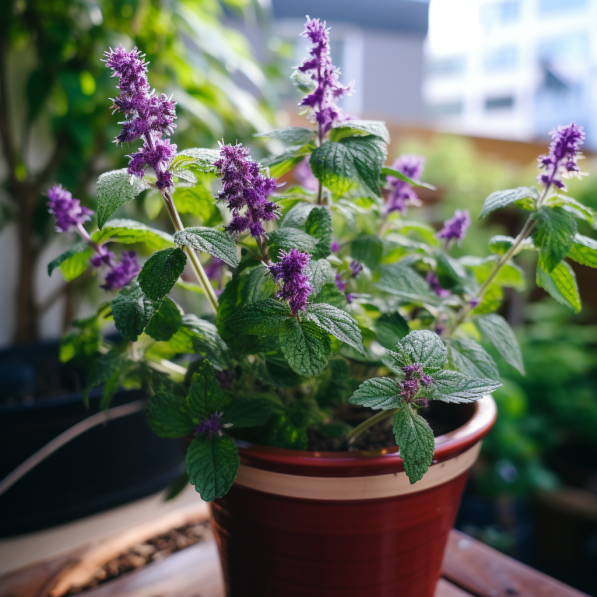
The Tulsi plant is a sacred Hindu tradition and is highly regarded for its value. Almost all the parts of the plant, including the leaves, roots, flowers, and stem, are considered divine. The Hindu faith believes that the Brahma lives or resides at the tip of the leaf of this plant, and also, Lord Narayana and His Consort live in the middle.
Palo Santo

The Shamanic history of South America considers Palo Santo as ‘the holy wood’ with the divine powers to attract some good fortune and even to remove obstacles and negativity. The South American traditions believed that lighting the stick of the Palo Santo tree, then waving it in the air and extinguishing the flame thereafter would help clean the space energy. It was, therefore, forbidden to cut it down.
White Sage
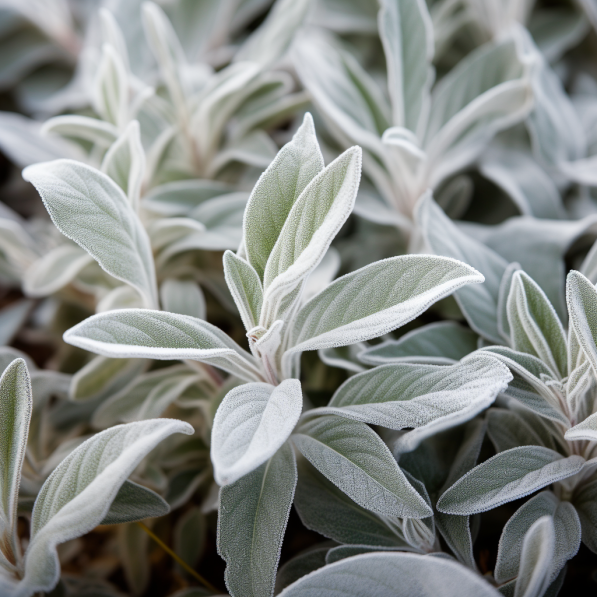
The White Sage had its spiritual and divine purposes among the different cultures of the world. Some traditions used it to remove negativity and to prevent bad luck. For instance, the Cahuilla hunters used it for the same purpose to avoid bad luck. The widely known purpose of this sacred plant is smudging – where the plant was burned to spread the healing smoke. This was done mostly by the Native Americans.
Mistletoe
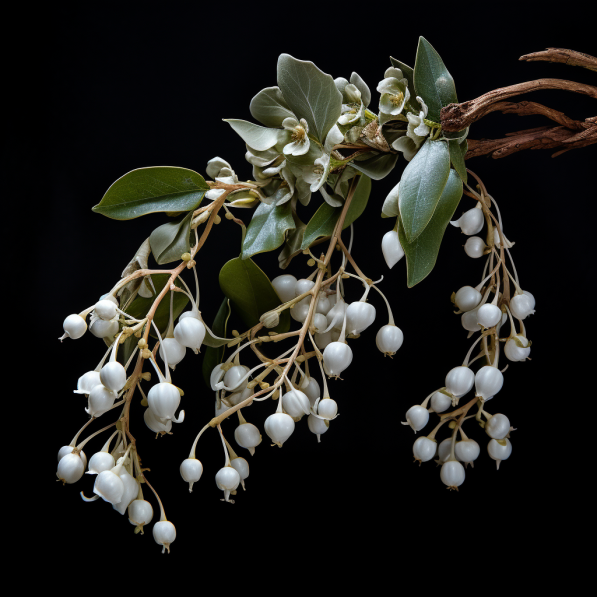
Mistletoe, one of the sacred plants, was also highly revered for its significance when it comes to the fertility and vivacity that it symbolized. The Norse and Celtic traditions believed in the magical and healing powers of this plant. This plant usually grew on the Oak tree and was then believed to be a sign of life and fertility and also as a symbol of protection against poison.
Poppy Flower
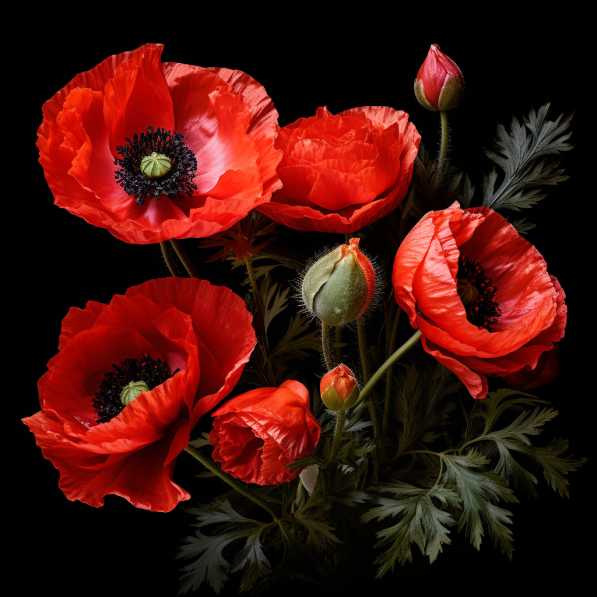
In Greek mythology, poppy flowers signified gods and goddesses, including the god of sleep – Morpheus. Another god that it signified is the Demeter – the god of agriculture. It, therefore, had the divine power to help people get rest from troubles and to have a peaceful sleep, among other benefits.
Aster Flower
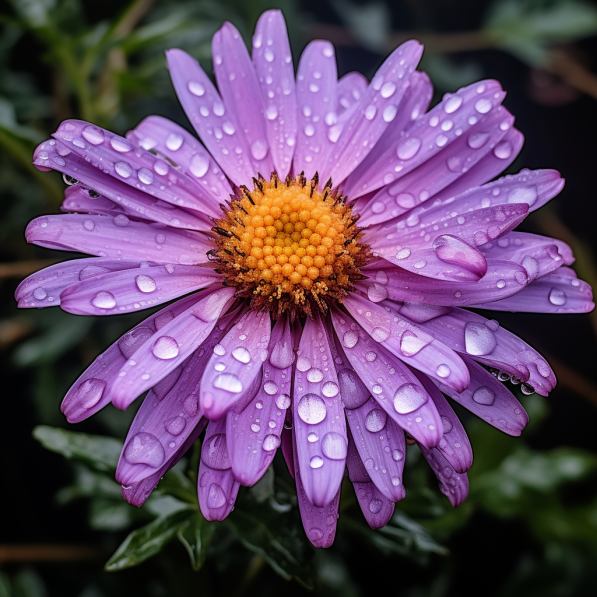
The Aster flower also had some significant meanings in Greek mythology. Being one of the sacred plants that were highly adored and respected, it was used to show honor to the gods and was highly valued as it symbolized the goddess of justice and purity.
Oak Tree

Oak was regarded as a sign of wisdom and strength in most ancient cultures. It was associated with Zeus in Greek mythology, and hence, the strength and the power that was associated with this god was also associated with the Oak tree.
Rowan Tree
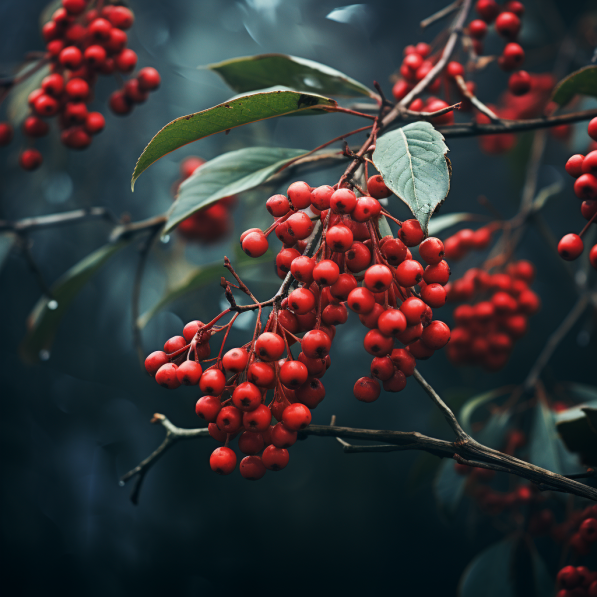
The Rowan tree is a useful ornamental plant that is native to the cool-temperate regions. This tree was considered and still considered special in the British Isles and is popular for its power to protect against enchantment and witchcraft and to ward off evil spirits. Matter of fact – many a magic wand or enchanted scepter has been crafted from Rowan wood because of its legendary properties for conduction of energy, its strength, and its elevating properties.
Lotus Flower
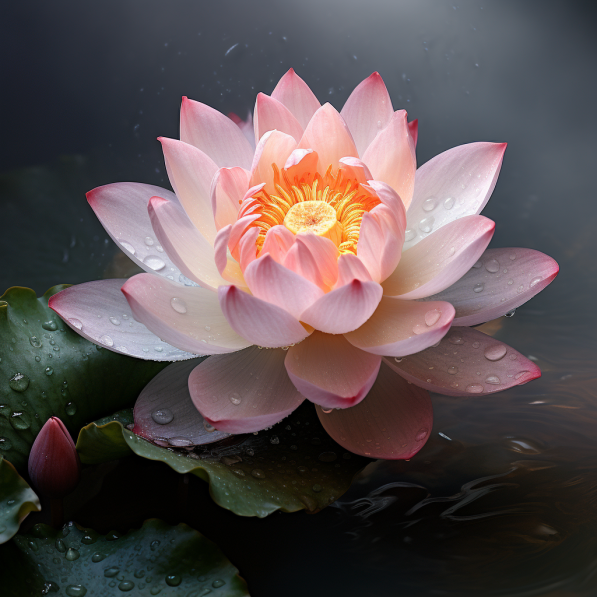
The Lotus flower is associated with the Hinduism religion. It is considered special for its value and what it serves. The Hindu philosophy highly regards it as the firstborn of the creation and also as the magic womb for the gods and universe. They also associate the lotus with wealth, longevity, knowledge, and fertility.
Bauhinia Flower
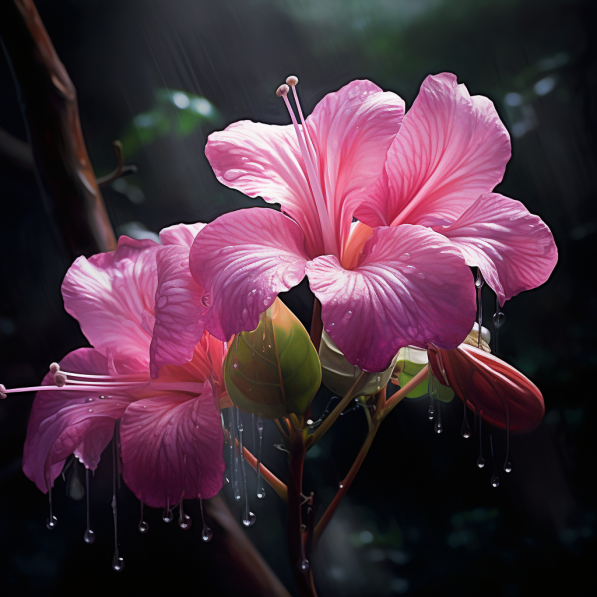
Peace, harmony, and wisdom are what the Bauhinia flower signifies in most cultures. The Buddhists in China plant this flower next to their pagodas because it is sacred in nature and the value it carries. The flower is also one of the official flora emblems of Hong Kong and is used to signify wisdom.
Begonias
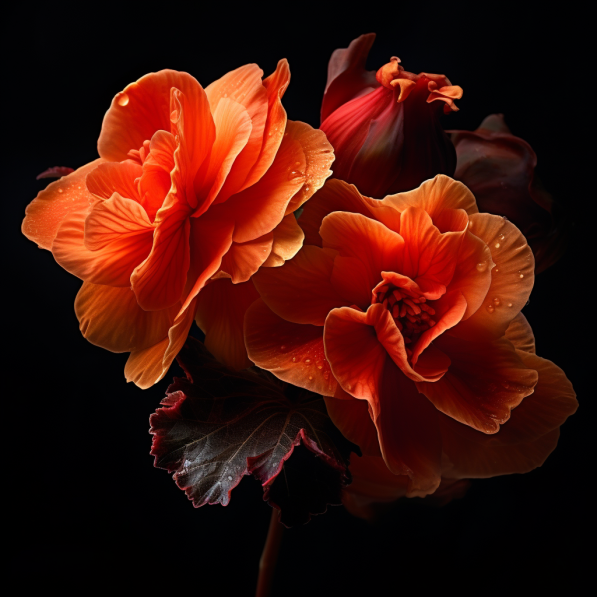
The Begonias carry both holistic and health benefits and are one of the sacred plants in some ancient cultures of the world. These plants grow in tropical and moist subtropical climates and bear beautiful flowers. The yellow flowers, for instance, in Chinese culture can signify luck and are used to attract abundance and positive energy.
Bird of Paradise

I love this bodacious blossom for its exotic flair! The bird of paradise is a well-renowned plant and often signifies freedom in most cultures. In spirituality, this plant symbolizes joyfulness, paradise, and excitement. It also signifies love and faithfulness in most indigenous cultures.
Bachelor Buttons
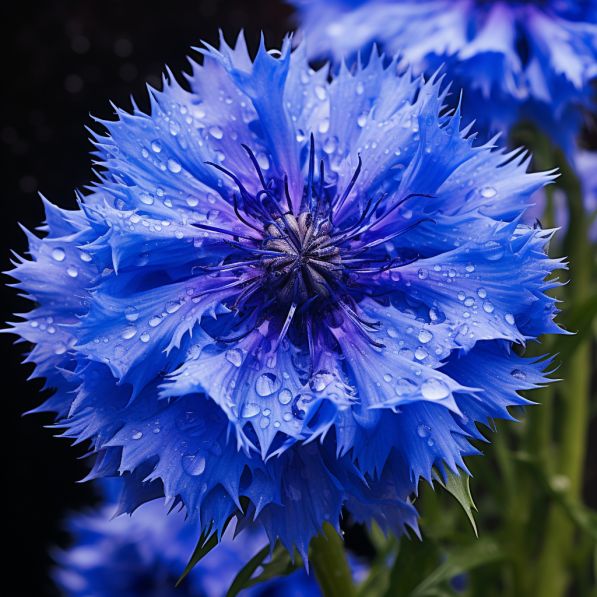
I know them as cornflowers, but the Centaurea cyanus is another one of my favorites (watch me – I’ll be saying this for every petal plucked as I write this article! LOL!). The flowers of this plant have been adopted to be the national flower in Germany, so it carries significant meanings in this part of the world. In other cultures, the flower symbolizes love and availability. My mentor Ruth taught me that these flowers represent the heart chakra, and their blossoms are symbolic of expansion, generosity, and reaching out for higher wisdom.
Calendula
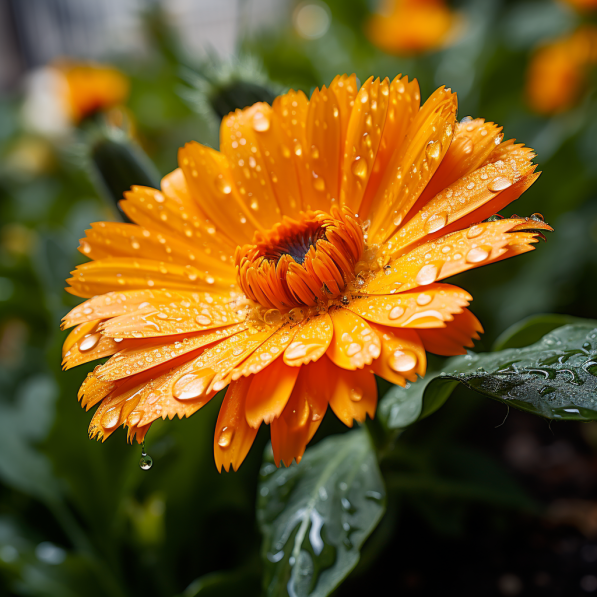
The Hindu culture considers Calendula sacred because of the value and significance that it carries. The flowers of this plant were used in most ceremonies and also to decorate the statutes of the deities. The spiritual part of it is that it was regarded in some cultures for its divine power to bring comfort to people who are fearful or nervous and also to those who have undergone some trauma.
Ways You Can Use Sacred Plants for Your Own Personal Rituals and Ceremonies
So, I’ve yammered on about the redeeming qualities of plants, their place in various cultural royalty, and the general symbolic meaning of plants – now what? Get digging and use plants for your own personal ceremonies and rituals, of course! Check it:
Smudging
One popular way to incorporate sacred plants into your rituals is through smudging. This involves burning dried herbs like white sage, lavender, cedar, or palo santo to cleanse the energy in a space or around yourself. As the smoke rises, visualize any negativity or stagnant energy being released.
Creating Herbal Baths
Another way to connect with sacred plants is by infusing them into your bathwater. Adding herbs like lavender, rosemary, or chamomile can enhance relaxation and promote spiritual cleansing.
Making Herbal Teas
Explore the medicinal properties of sacred plants by brewing herbal teas that promote healing and balance. For example, chamomile tea can help calm the mind and aid in sleep, while peppermint tea can boost energy and digestion.
Crafting Flower Essences
Flower essences come from a process of infusing flowers in water under specific conditions to capture their energetic imprint. These essences can be used internally or externally to support emotional well-being and personal growth.
Using Plant-based Incense
Burn incense sticks or cones made from natural plant resins like frankincense or myrrh during meditation or other ritual practices to create a soothing atmosphere and deepen your connection with higher realms.

Tips on Foraging and Using Sacred Plants for Spiritual Growth and Personal Empowerment
Ideally, I should have gotten your roots enticed with the aforementioned ceremonies and rituals you can do with sacred plants. However, you’ve got to know where and how your plants are sourced in order to make the most of your devotionals. Here are some top-notch tips that Ruth taught me when it comes to harvesting plants for personal, sacred rituals.
1. Educate Yourself
Before embarking on any foraging journey, it’s crucial to educate yourself about the sacred plants in your area. Research their characteristics, growth patterns, and the proper techniques for identification.
2. Respect Nature
Be respectful and ethical when foraging; always remember to respect Mother Earth and her resources. Harvest only what you need and never take more than is sustainable. Leave plenty behind so that the plants can continue to thrive.
3. Connect Intuitively
As you search for sacred plants, trust your intuition. Your instinct and intuitive impulse can guide you to the plants that resonate with you spiritually. Allow yourself to be drawn towards certain plants or areas in nature where they may grow abundantly. Just make sure the plant is safe to touch and use in your process.
4. Seek Permission
Remember to seek permission from both the landowners and the spirits of the plants before harvesting them. Offer gratitude and ask respectfully if it is appropriate for you to gather their gifts. And you might think I’m batspit crazy, but I say seek permission from the plant you pluck too. Ruth always taught me to talk and listen to plants. Yes, if I listened closely – some plants indicated their resistance to being harvested. I listen. I urge you to do the same.
5. Ethical Harvesting Practices
When gathering sacred plants, do so responsibly by using ethical harvesting practices such as pruning rather than uprooting whenever possible. This allows the plant to regenerate itself and ensures its survival.
6. Preparation Methods
Once you have gathered your sacred plants, explore different preparation methods based on their traditional uses or personal preferences—such as making teas, tinctures, smudging bundles, or incorporating them into rituals or ceremonies.
7. Explore Sacred Plant Meditations
Engage in guided meditations that focus on connecting with these powerful botanical allies energetically – allowing their essence to penetrate deep within your being while cultivating a sense of spiritual growth and personal empowerment.
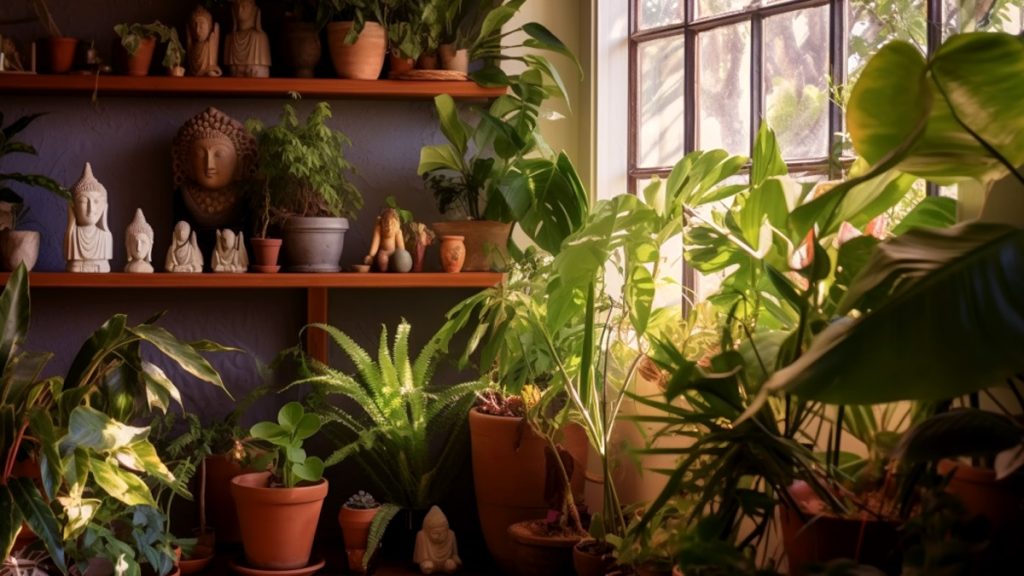
Disclosure Time! A Word About Using Caution When Working With Certain Sacred Plants
As I always say – I know you’re smart and savvy. It seems a shame I even have to CMA (cover my you-know-what) with a disclosure – but the world is what it is, and I have to expound on the common sense bits about being mindful about working with sacred plants. So here we go…
Know Your Plants
Before embarking on a journey of working with sacred plants, it is crucial to understand that not all plants are suitable for everyone. While many sacred plants offer incredible healing and spiritual benefits, some can also have potentially harmful effects if used improperly or without proper guidance. It is essential (as in – a matter of life and death) to exercise extreme caution and respect when working with these powerful botanical allies – especially if you’re new to harvesting and foraging.
Do Your Research
It is important to research and educate oneself about the specific properties, effects, and potential risks associated with each plant before incorporating them into your rituals or ceremonies. Different plants have different chemicals and compounds that may interact differently with individuals depending on their physical health conditions or the medications they might be taking.
Partner With a Pro
Additionally, seek out experienced guides or practitioners who have extensive knowledge of working with sacred plants. Find a professional forager or plant expert who can give you valuable insights, guidance, and support throughout your journey while ensuring safety during ceremonies or rituals involving potent plant medicines.
Frequently Asked Questions About Sacred Plants and Their Meanings
Sacred plants are those that hold special significance and spiritual meaning in various cultures around the world. These plants are often used in rituals, ceremonies, and healing practices due to their believed connection with higher powers or spirits.
The symbolic meanings of sacred plants vary across different cultures and belief systems. They can be derived from ancient traditions, folklore, mythology, and personal experiences passed down through generations. The interpretations may also differ based on individual perspectives and cultural contexts.
While specific groups or practitioners have traditionally used many sacred plants, some can be utilized by anyone interested in exploring their spiritual properties. However, it is crucial to approach them with respect, knowledge, and sensitivity to ensure ethical use.
No, each culture has its own set of revered plant species based on their unique beliefs and traditions. For example, Ayahuasca is highly regarded in Amazonian shamanism, while sage is considered sacred among Native American tribes.
Yes! Some sacred plants may have potent effects on physical or mental states when ingested or used improperly. It’s essential to research thoroughly before engaging with any potentially psychoactive substances, as they should only be consumed under proper guidance from experienced practitioners.
Absolutely! Growing your own collection of sacred plants can deepen your connection to nature’s wisdom. However, make sure you understand the specific needs of each plant regarding soil conditions, sunlight exposure requirements, and legal regulations surrounding cultivation.
There are various resources available such as books written by ethnobotanists or anthropologists specializing in indigenous knowledge systems. Seek out reputable teachers or workshops to learn directly from experienced practitioners who can guide you safely in the use of various plants.
Conclusion
Of course, these aren’t all the sacred plants for your pondering, plucking pleasure. There are so many other sacred plants, such as peyote, henbane, cannabis, and others, that are highly respected in most cultures of the world because of the value they bring to society and its people and also for their spiritual and medicinal significance. The sacred plants and their symbolic meanings mentioned here are really just the tip of the iceberg.
Ultimately, sacred plants have long captivated the human imagination and sparked a sense of wonder. From the lush rainforests to arid deserts, these botanical treasures hold profound symbolic meanings that have shaped cultures and rituals for centuries. These enchanting flora not only nourish our bodies but also nurture our souls, offering healing benefits and empowering personal growth.
As the last word on this exhaustive guide on sacred plants and their symbolic meaning – I hope these insights awaken your senses as you sojourn into an awe-inspiring adventure with Mother Earth’s most revered companions – the sacred plants! As always, thanks for reading!
Mighty brightly,

© Copyrighted. All Rights Reserved.
Avia’s Amazon Picks for You
Get Blooming Insights With These Symbolic Flower Selections From Amazon
Want more? Me too! That’s why I’ve also got this for you on Whats-Your-Sign:












